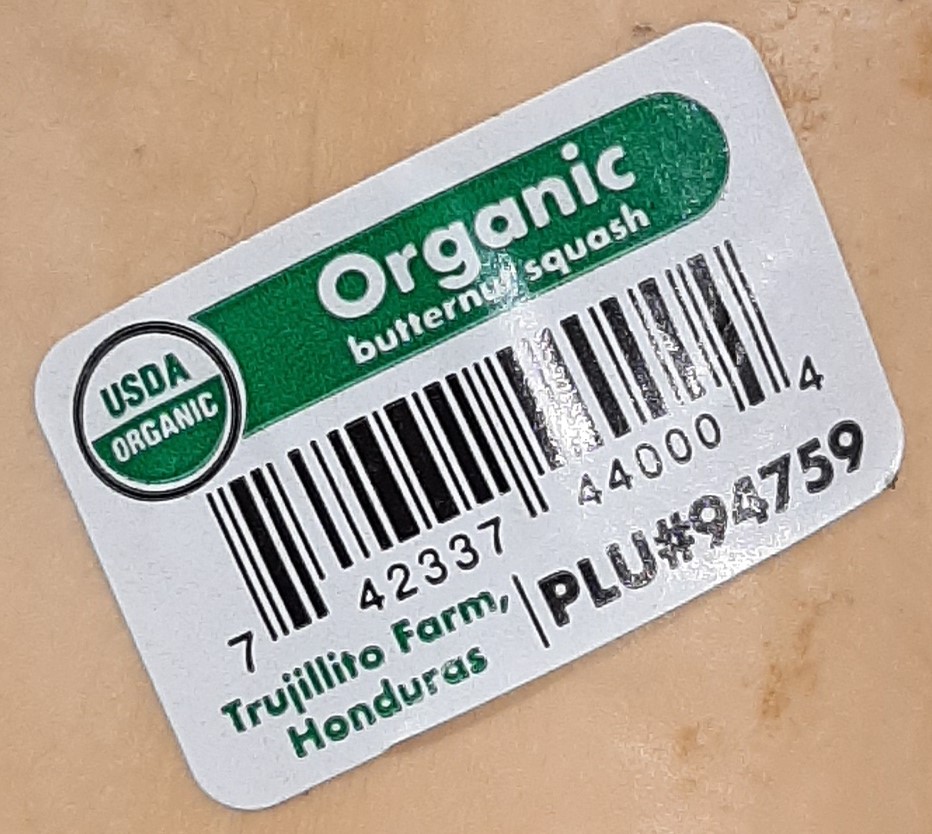
What's With the Name?
Humble Beginnings
America's Food & Health Crisis
Our Food Supply Madness
Factors Affecting Food's Nutrition
Small Farm Economics
10 Year Plan
Footnotes
Contact
In 1960 the per capita disposable income spent on home meals was about 14%. In 2013 it was less than half at just shy of 6%. During the period food consumed away from home stayed relatively flat at around 4%.15 Americans spend roughly half as much as the French and Japanese do with home cooked meals.15 Food production, distribution and merchandising has gotten vastly more efficient, but at a very high cost to our nutrition. For the most part, the fresh food in supermarkets today are only those things that will survive indelicate handling, and retain the appearance of fresh for 3-7 weeks.
On March 4th, 2020, I took my granddaughter to Hannaford's in Concord (NH) for a few groceries. We lingered in the produce section. The fruits and veggies were from all over the world:
Papaya - Brazil & Guatemala

Kiwi - Greece
Bananas - Ecuador
Sun dried Tomatoes - Turkey
Tomatoes - Guatemala
Buttercup Squash - Mexico
Avocado - Mexico
Cantaloupe - Honduras
Blackberries - Mexico
Raspberries - Labeled as from the USA, Chile, Peru or Guatemala
Strawberries - Mexico
Ground Cherry (physalis) - Columbia
I was in Market Basket in Concord on March 6th, 2020 and the lettuce package's harvest date stamp was already 7 days old.
So, what's the problem with imported/transported food?
Aside from the obvious concerns of pesticide revenue and fossil fuel consumption to get ground cherries here from South America, food begins to lose nutrition the moment it's harvested.
Plucked food, particularly produce, struggles to remain 'alive' after harvesting. Now separated from the ground, branch, cane, stalk or vine, produce consumes stored water and nutrition to remain viable. Vitamins are the hardest hit.
According to a Penn State University Study:
Spinach can lose 90% of its vitamin C content within 24 hours of harvest, and 50 percent of its folate and carotenoids within a week. By the time it's purchased in the grocery store, it's often more than a week old.32Just consider California produce. Bing reports it's 2993 driving miles (45 driving hours) from Los Angeles to Boston. By law truckers may only drive 11 hours a day. So if you figure 1 day to harvest, wash, package and bundle for shipping, 4 days in transit to a Boston warehouse, and 1 day out for delivery and shelf stocking your California produce is already 6 days old if it sells as soon as it's stocked.
You get the idea. How long do you think it takes produce to get here from Greece or Honduras? And what's the carbon footprint?
Conclusion: In our pursuit of ever cheaper food we have sacrificed nutrition density. Is it any wonder that Japan's life expectancy is 1st in the world, France is 11th, and ours is 40th?71 I know there are many contributing factors, but I have to believe better nutrition and better nutrition density play a role in the equation.
► More Information:
In a 2014 article, Texas A&M quotes Aleda Roth of Clemson University who contends that "Almost a quarter of the average American's food consumption is imported," Roth says. "Consumers would be hard pressed to find processed foods without at least one ingredient from China." She adds that with so few controls on pollution, much of China's air, water and soil are so contaminated, sourcing any food there is risky business. "The current solutions to food quality are not sustainable. Quality risk in global food supply chains cannot be eliminated by fiats, inspections, auditing and testing."16